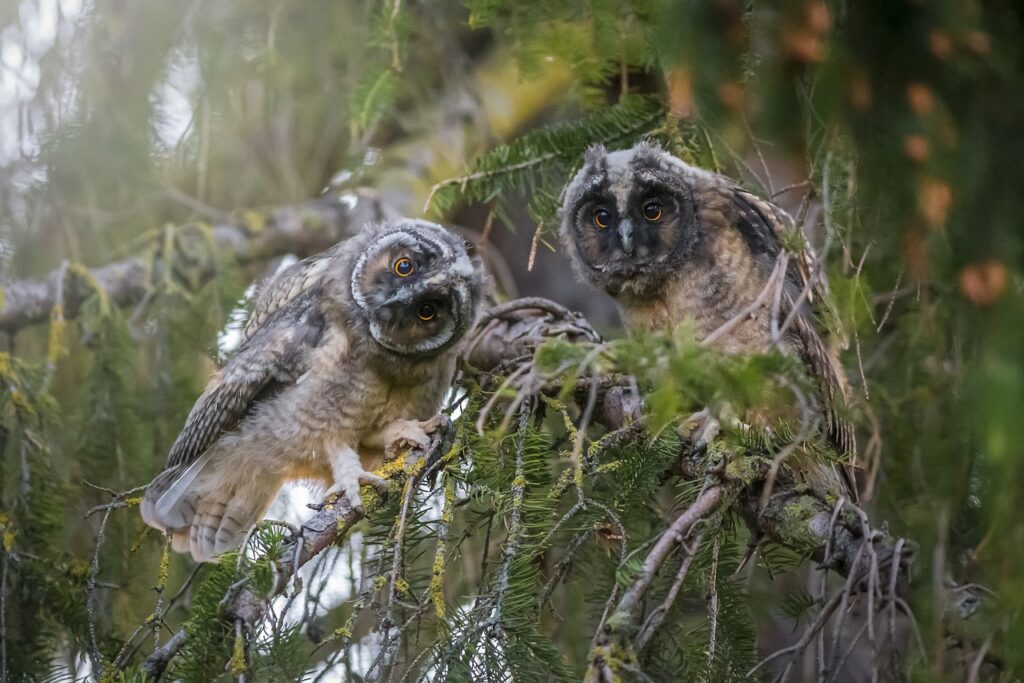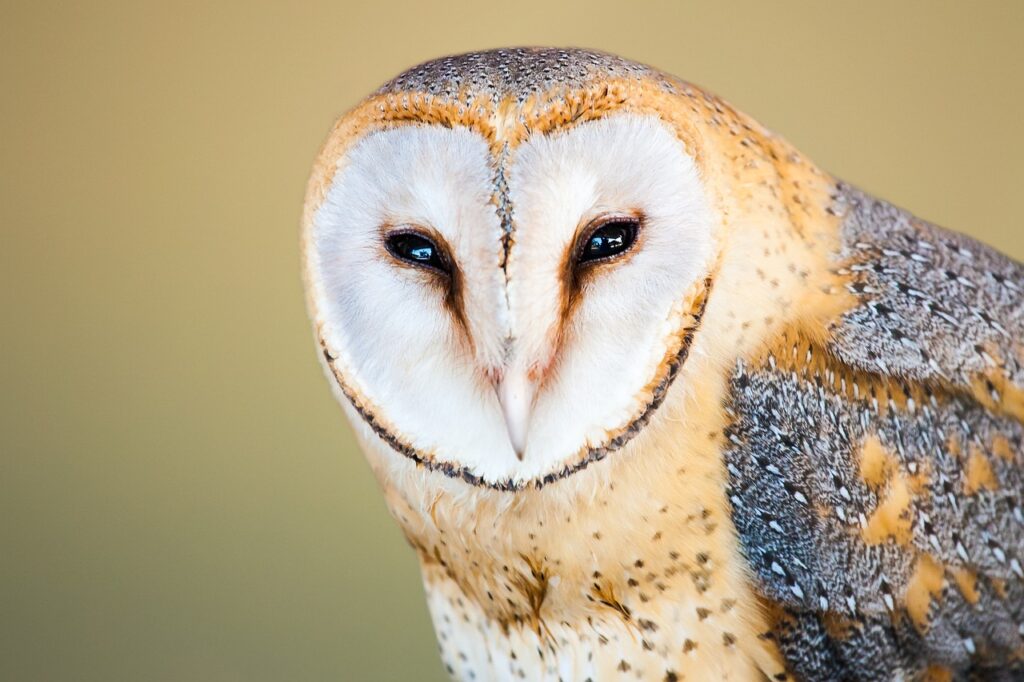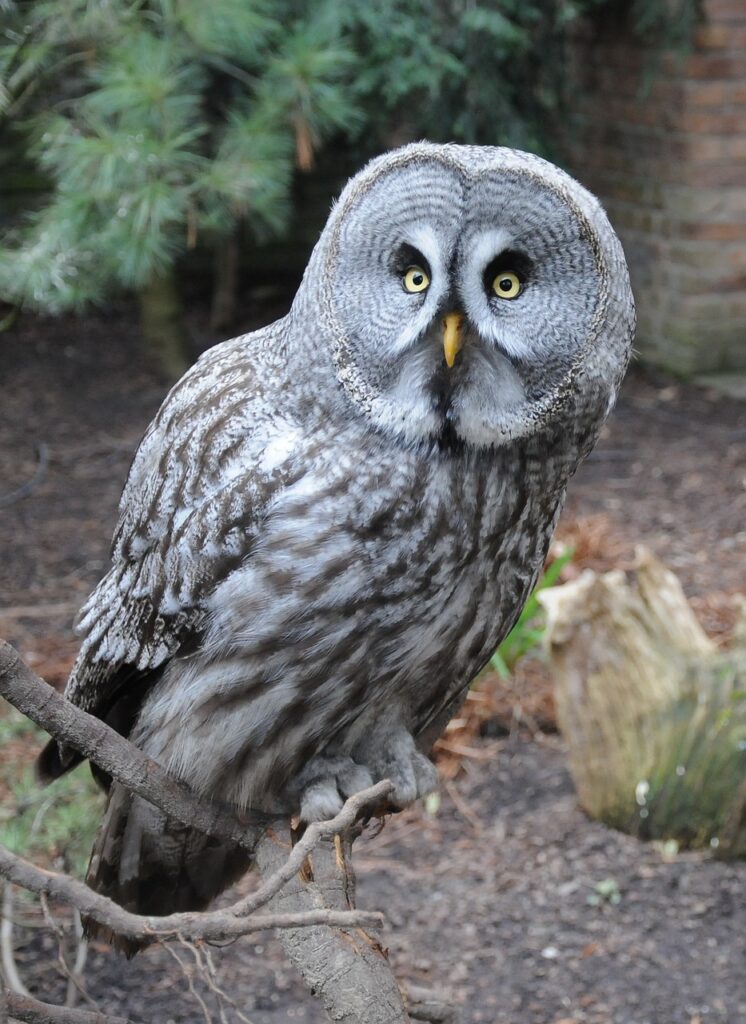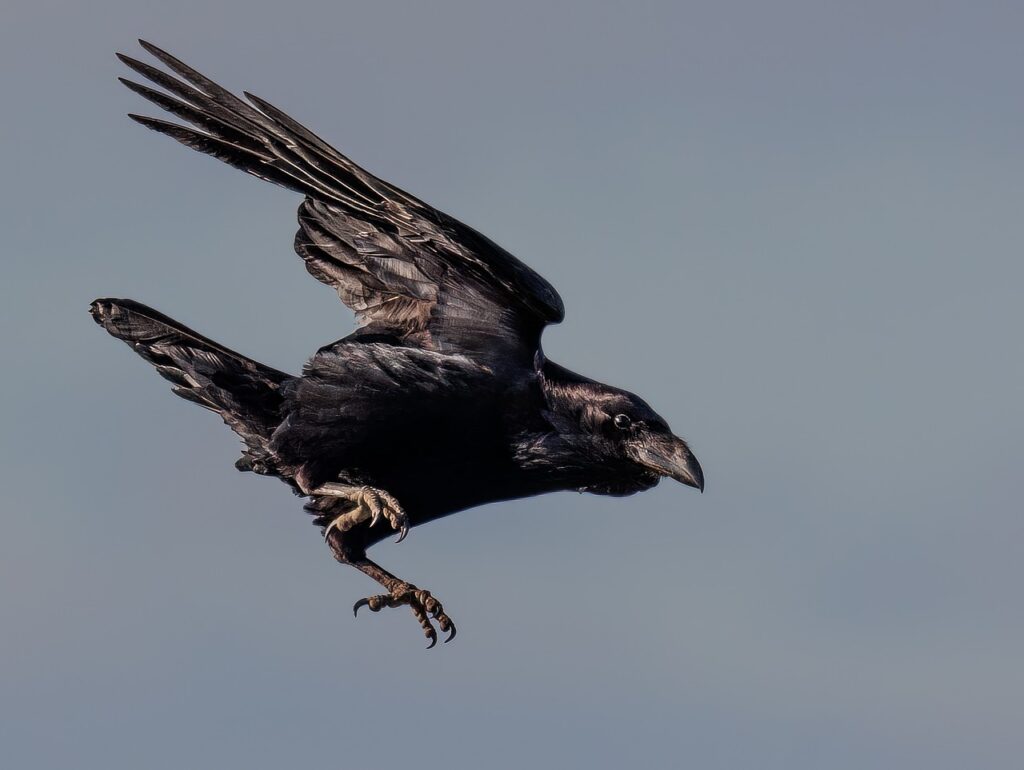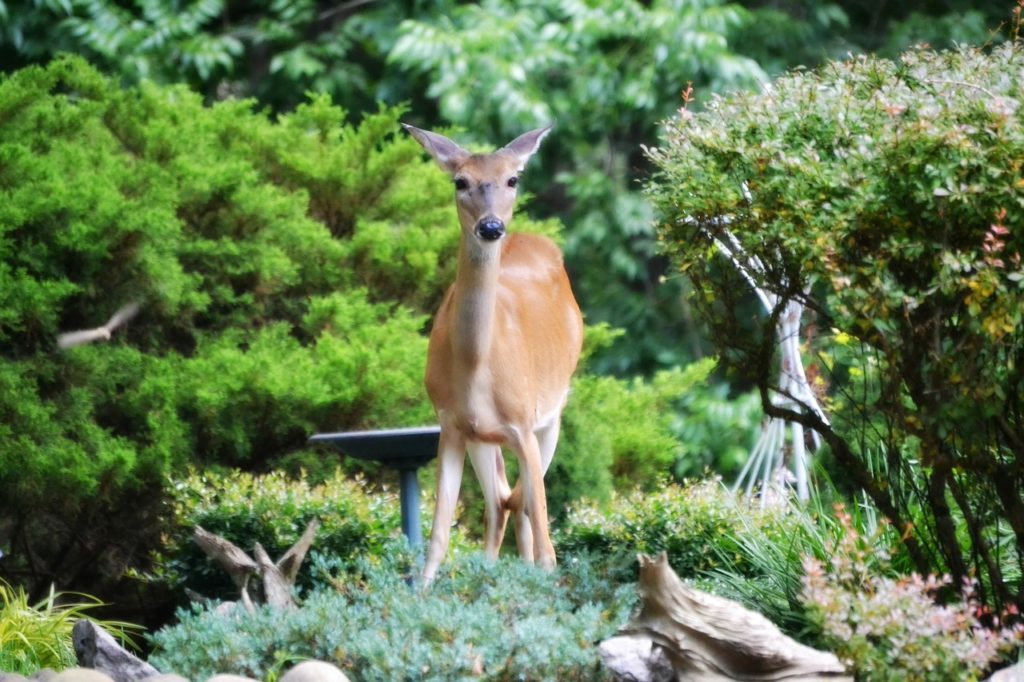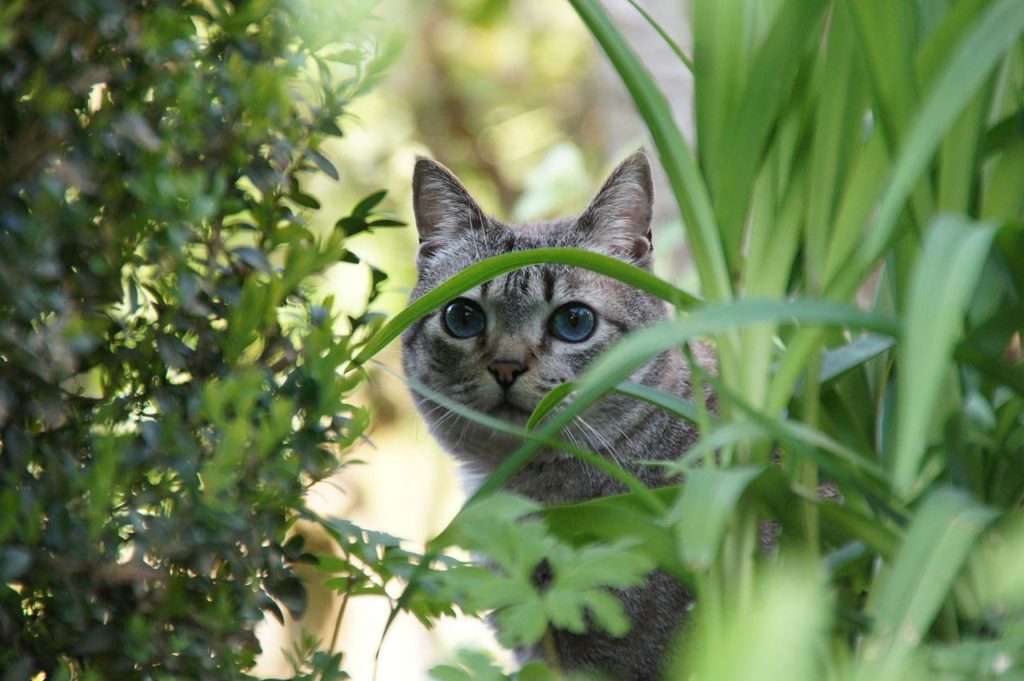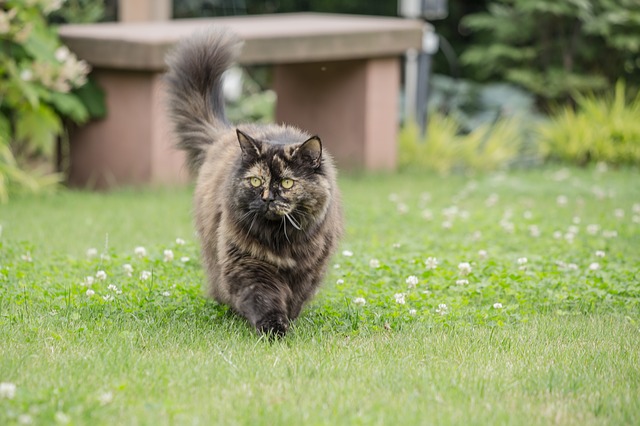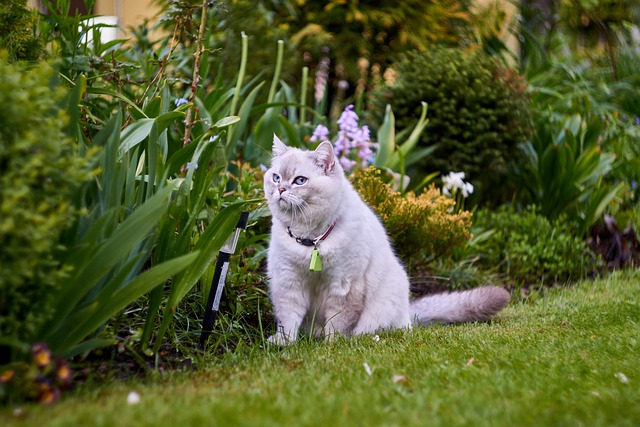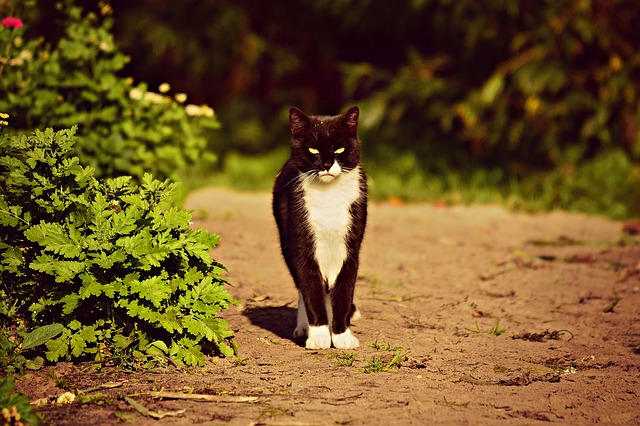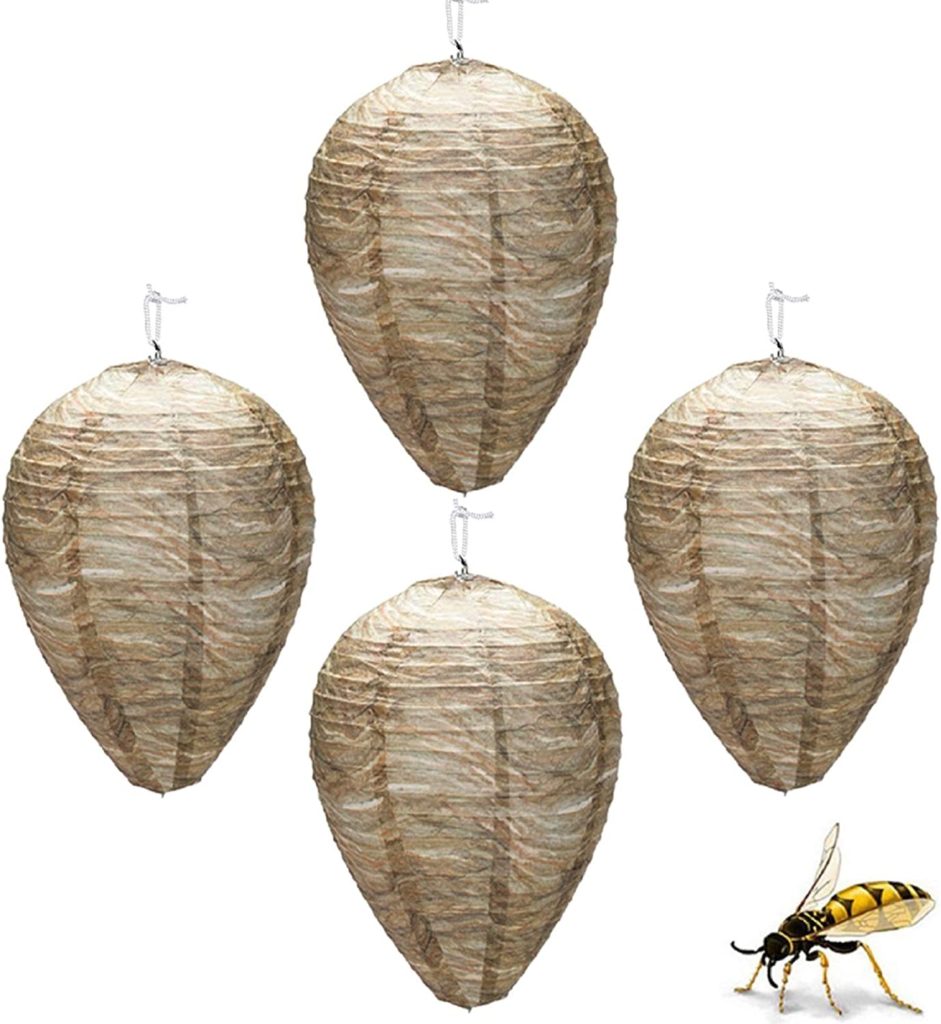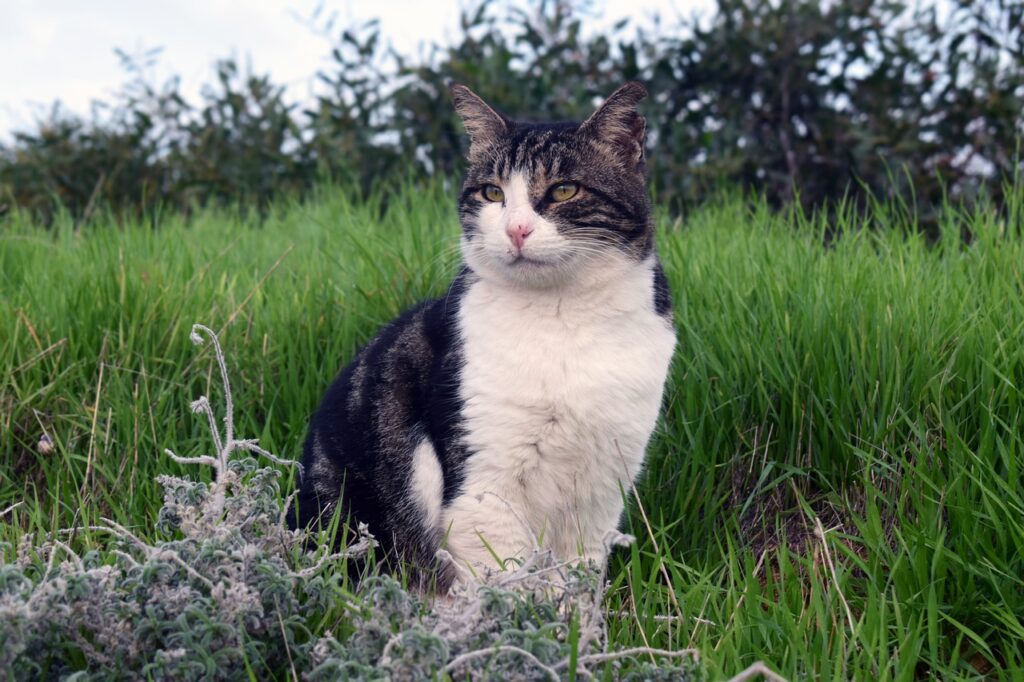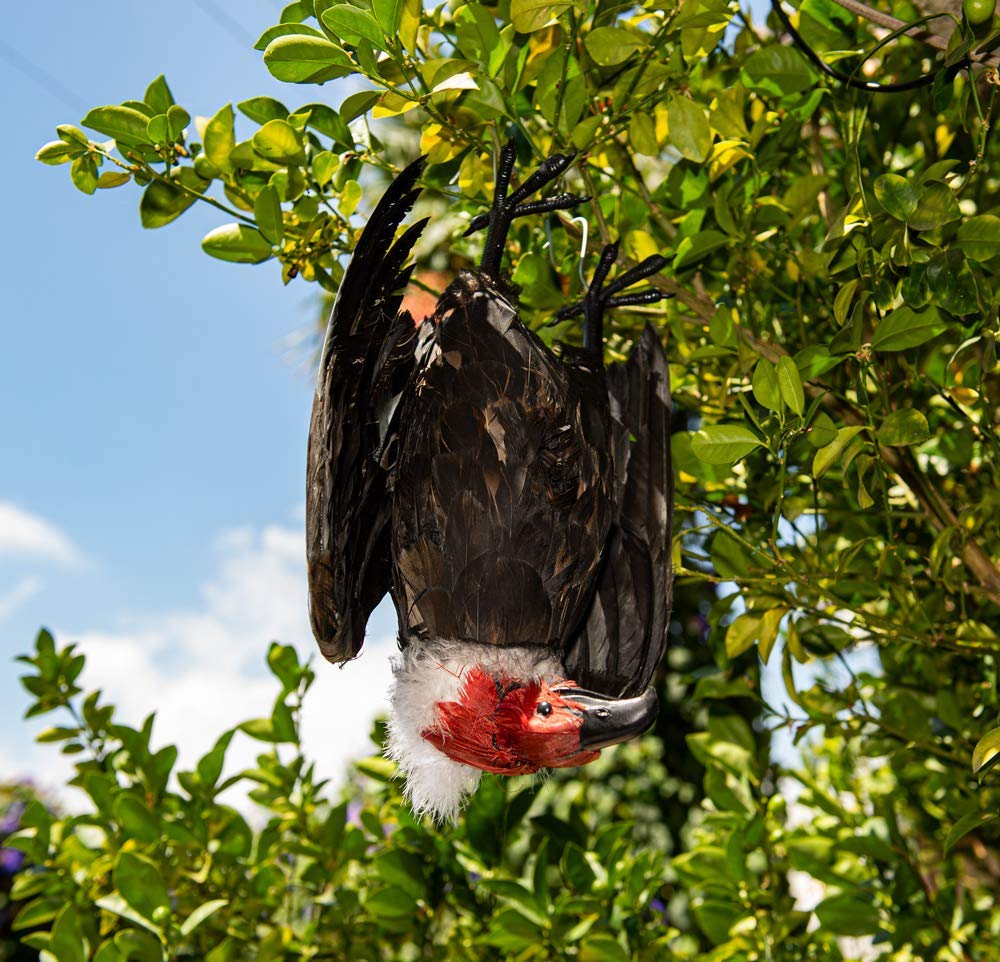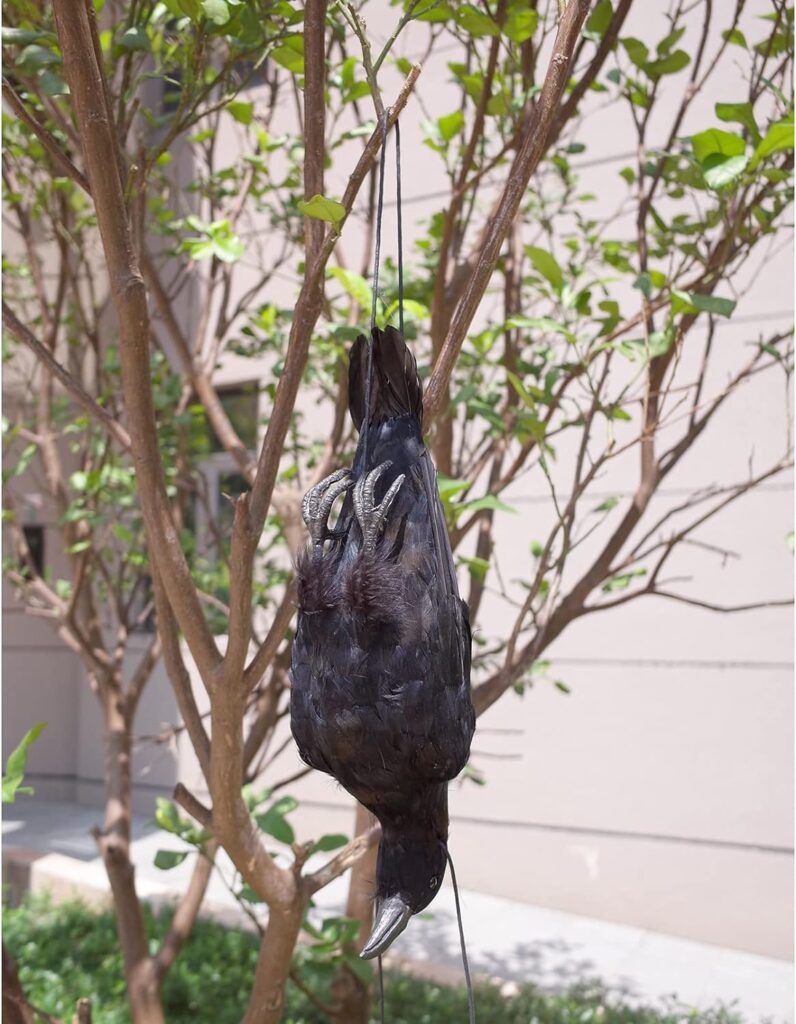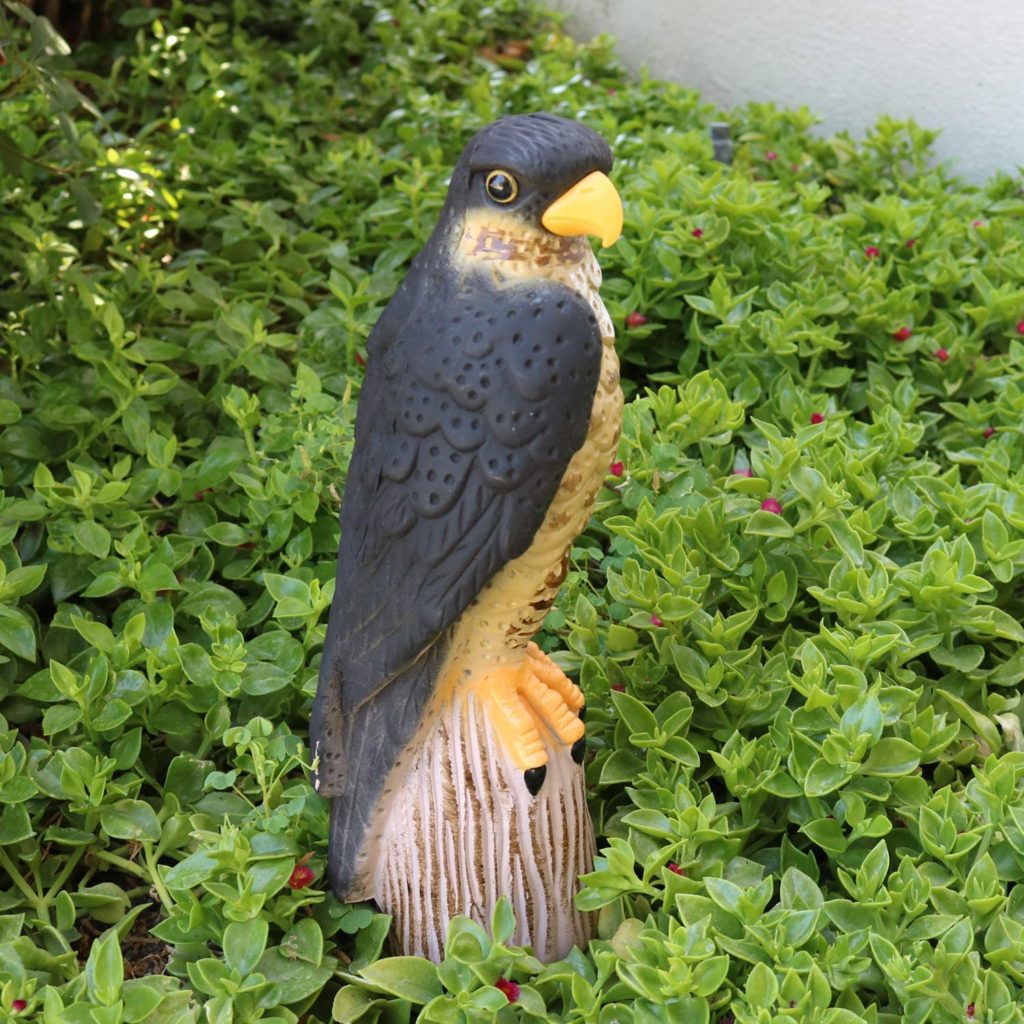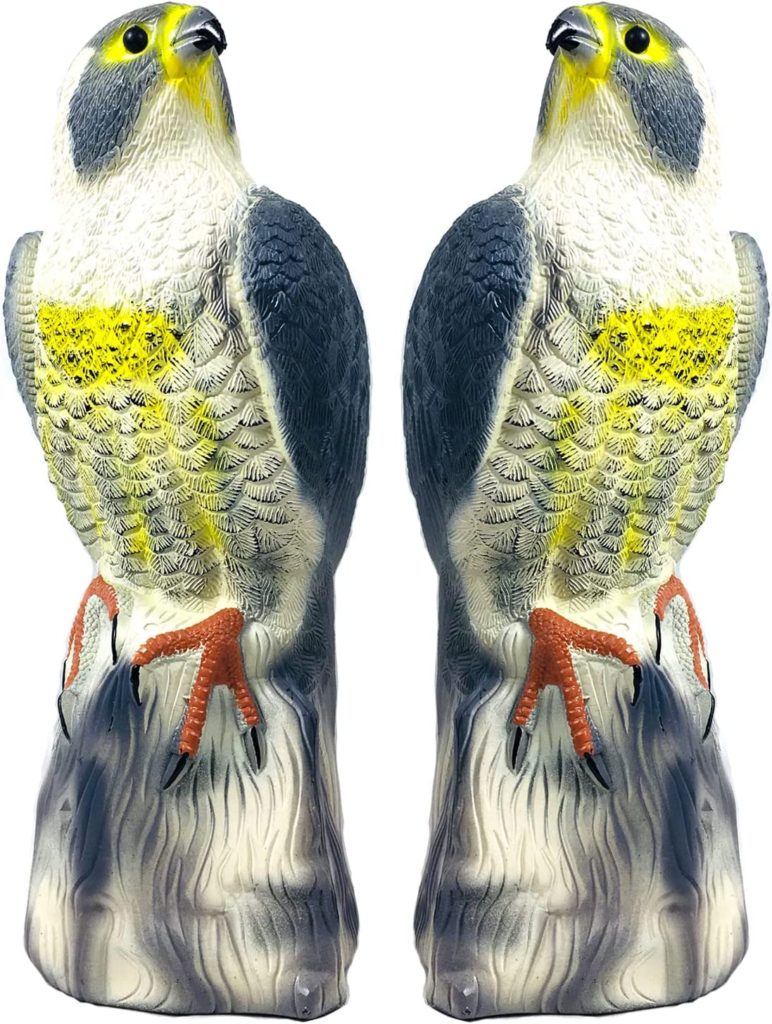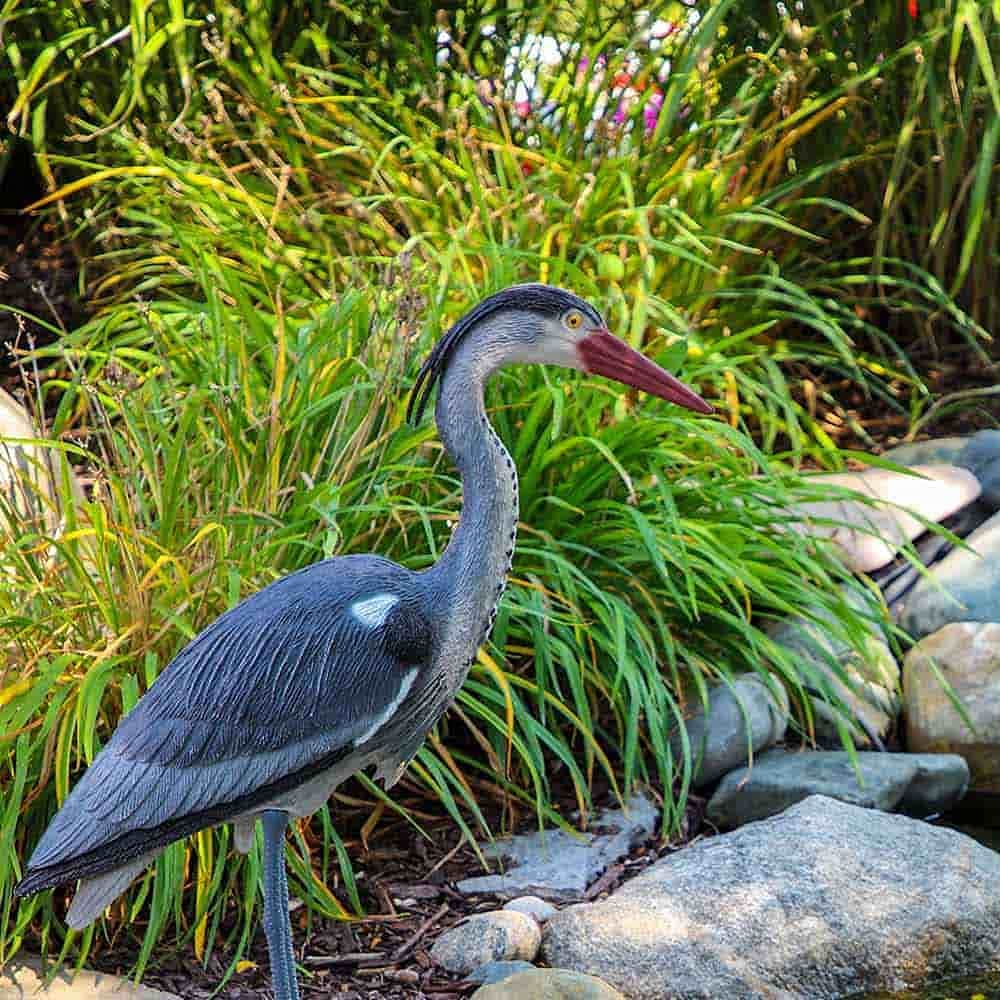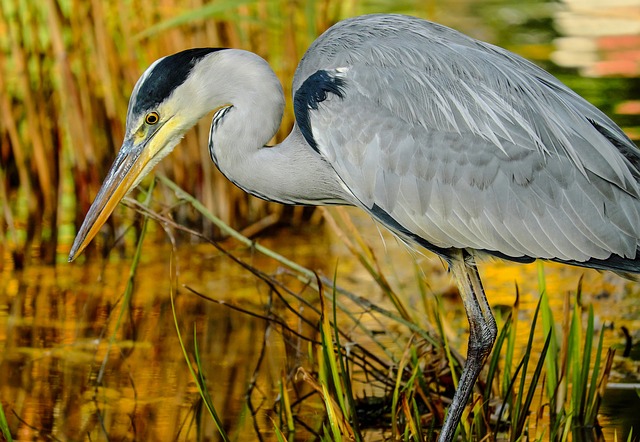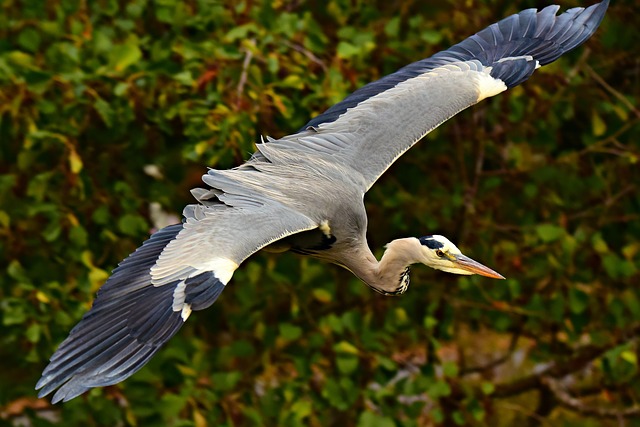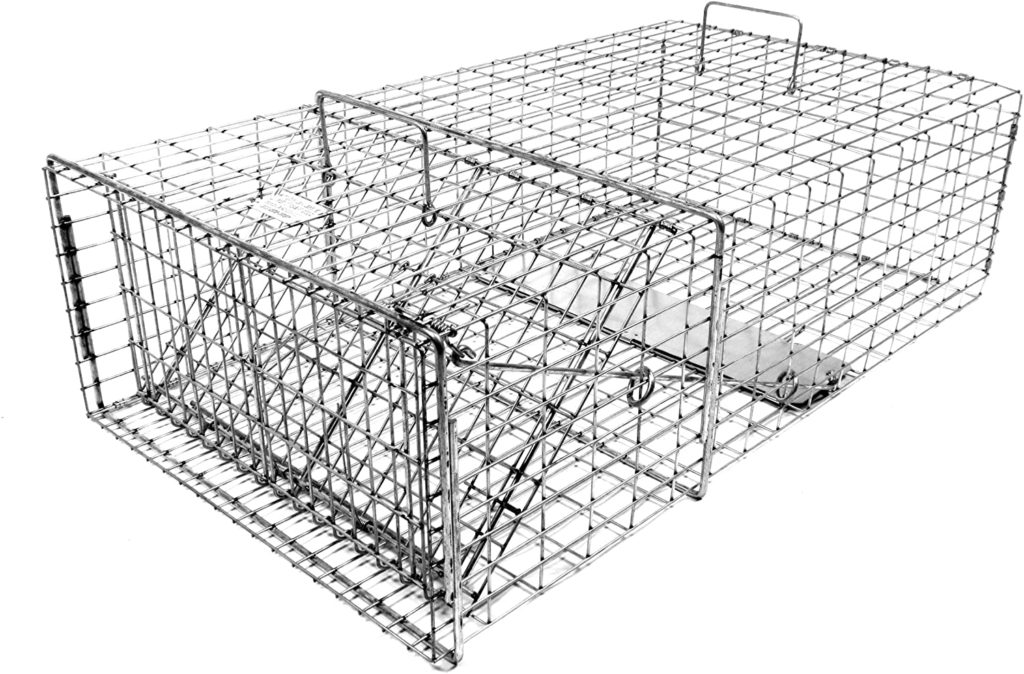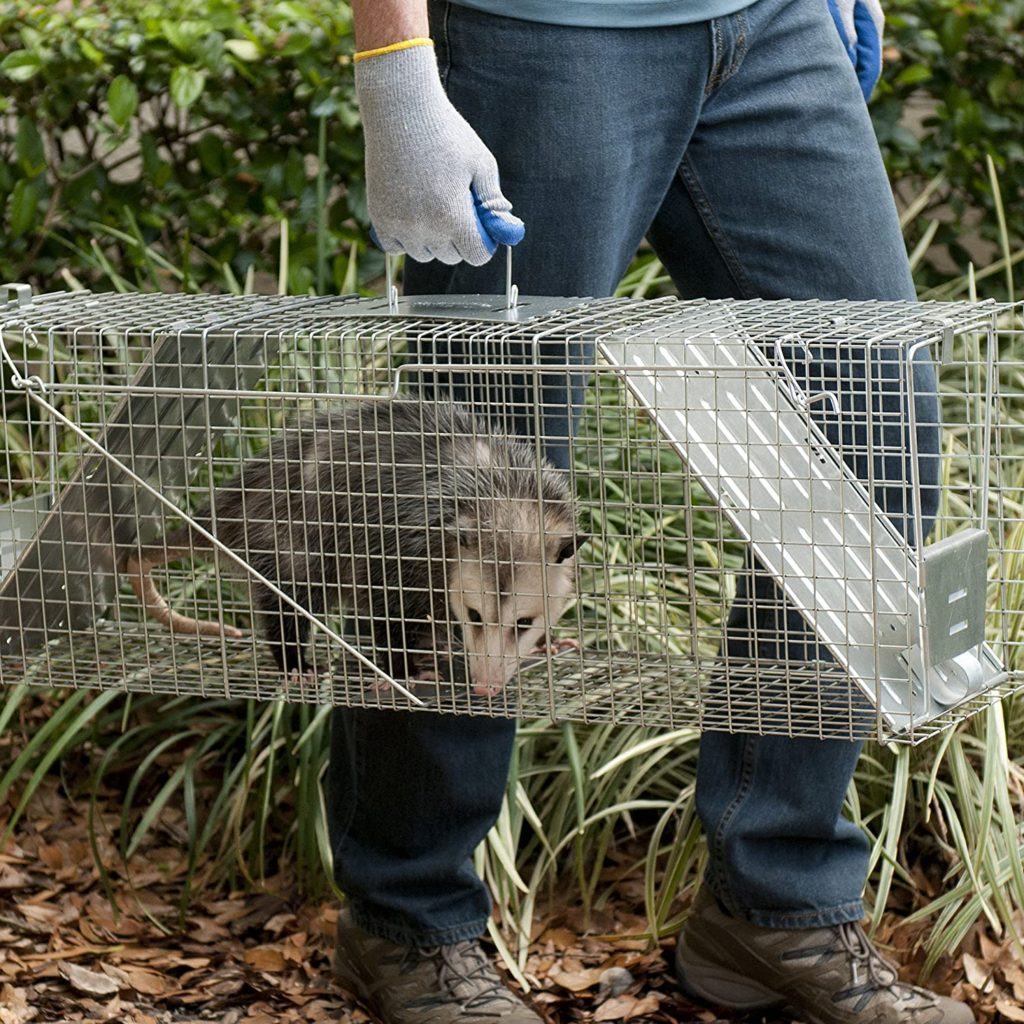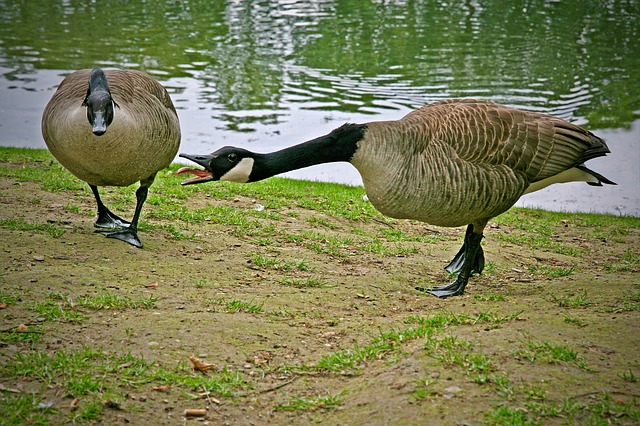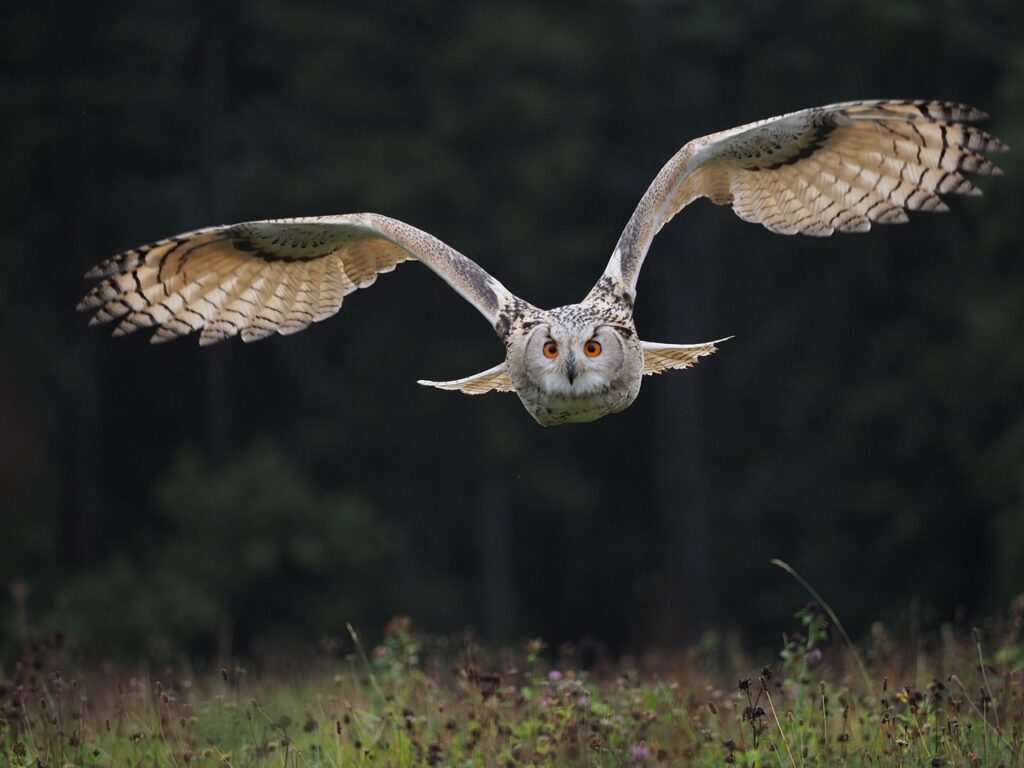
While owls are amazing creatures and can help to function as natural pest control, they are not a bird everyone wants on their property. Fortunately, when it comes to how to get rid of owls in your yard there are quite a few things you can do to deter them. Here’s what you’ll need to know.
Why Get Rid Of Owls?
Owls are birds of prey and once they have moved into your yard they will feed mainly on small mammals. However, if they are given the opportunity they may also kill and eat poultry and smaller-sized pets. And that may include cats and even small dogs. Owls cough up pellets that contain undigested parts of their food.
And both their pellets and feces can be offensive to the nose and contain potentially harmful viruses and bacteria. In addition, some species such as the great horned owl may attack when they feel that their nest is threatened. And don’t forget owls can be noisy. They make a range of sounds and calls during the nighttime hours.
Use Owl Decoys
Owls are solitary hunters. And these predators will usually stay away from areas that are being claimed by another bird of prey. For this reason, both owl and hawk decoys can be used as visual deterrents. However, keep in mind that like with most decoys you will need to move them every few days so that the owls don’t catch on to the fact that they are not real birds.
Get Rid Of Rodents
Rodents make up a large part of an owl’s diet. And they are much more likely to stick around if they have identified your property as somewhere where they can snag an easy meal. However, the opposite is true as well, without a food source the owls will typically leave. So you will want to get rid of any rodents you have in your yard.
Rodents can be killed using snap traps, trapped and relocated using live traps, or deterred by using ultrasonic devices. You’ll also want to make sure your yard is unfriendly to rodents. For example, keep all trash inside sealed garbage cans, and if you feed your pets outdoors throw away the leftovers when your pet is finished eating.
Remove any existing brush piles so rodents don’t move in. Also, cut back any long grass and keep your lawn well-trimmed to discourage rodents from using it to travel. Rodents feel much more comfortable and less exposed in long grass.
Stop Attracting Songbirds
In addition to eating rodents and other prey items, owls also feed on birds. If you have spotted an owl in your yard and you have a birdfeeder and or birdbath it may help to stop feeding and providing water for the songbirds until the owl is gone. In addition, keep in mind that uneaten birdseed which has fallen to the ground will likely attract rodents which in turn may attract owls.
Exclusion
If you have backyard chickens, ducks, or rabbits, be sure to keep them in covered pens or coops that are secured with poultry wire so owls cannot get in. Having an enclosed structure for the animals is also ideal.
Bringing the animals into the structure each night and confining them there will help prevent owls from ever seeing them in the first place since they are nocturnal hunters. By routinely feeding or watering the animals at dusk you can condition them to move into the structure on their own.
Keep Your Yard Well-Lit
Owls hunt in the dark. They do not feel comfortable in areas that are well-lit at night and will avoid them. By using outdoor flood lights or other outdoor lighting options you can help to deter owls from your yard during their nightly hunting sessions.
Use A Flashlight
If you are able to spot where they are perched you can sometimes get rid of owls at night by shining a flashlight directly on them. This may require several nights of harassment with the flashlight but if you’re lucky the owl will feel uncomfortable and find a new place to call home or hunt where it won’t be bothered.
Get Rid Of Perches
When hunting, owls will sit on horizontal perches and wait for prey to come by. If possible cut down any potential perching sites such as tree horizontal tree branches or old snags that are within a hundred yards of your property to help ensure owls won’t have anywhere to sit and survey your yard. If removal of potential perches isn’t an option you can always place bird spikes on them to deter owls from using them.
Block Nesting Sites
Be sure to block access to any possible owl nesting sites. For example, you can use wire mesh to cover any hollows that you find in the trees in your yard. Wire mesh can also be placed around chimneys since owls will sometimes nest in chimneys as well. And be sure to fix any existing holes where owls could get into roofs, sheds, barns, or exterior walls of your home.
Use Noise
Owls dislike loud noises and human contact. Oftentimes you can use noise to drive them away once they have been spotted on your property. Yelling and clapping can be used to chase off owls. Extremely loud noises such as firecrackers can be used to startle and scare off owls as well. The sounds of power tools, lawnmowers, and grass trimmers will usually work to deter owls too.
Call A Professional
If the above methods do not work, or in certain instances such as if owls have already established a nest, you may need to call a professional to trap and relocate them. Keep in mind that in many places around the world owls are protected. For example, in the United States owls are protected by the Migratory Bird Treaty Act which makes it illegal to trap or kill them without a permit.
Start Shopping for Owl Deterrents!
What Smells Do Crows Hate?
Crows can be quite a nuisance. And one natural way to deter them is by using scents that they dislike. But what smells do crows hate? Read on to find out! Pest Crows Crows are often considered to be pests. In agricultural areas, they are well-known for causing crop...
How To Make Irish Spring Deer Repellent
Irish Spring isn't just a soap that has a pleasant and energizing fragrance. It's also an ingredient that can help keep your outdoor space healthy and inviting. By making your own Irish Spring deer repellent you can help keep nuisance deer at bay. Here's what you'll...
The Best Cat Deterrent Plants
Cats are adorable and beloved creatures. That doesn't mean, however, that they belong in your garden. The last thing you want is to see felines eating your favorite plants, or using your garden as their personal toilet. So here are some of the best cat deterrent...
Do Coffee Grounds Deter Cats?
You may find your garden and yard smelling awful because the neighborhood cats have decided to treat the area as their giant litter box. Not only can it really stink but it’s unsanitary too. Cats may also be tearing up plants and digging out seeds and bulbs. You may...
Will Coffee Grounds Keep Cats Away?
If you find that the neighborhood cats are treating your garden and yard like a personal litter box, it is time to use coffee grounds to keep cats away. You may wonder, "Will coffee grounds keep cats away?" The answer is yes, they will. This is not a myth or an old...
Cats And Coffee Grounds
For most of us, our first cup of coffee in the day is like a drink of ambrosia. Not only does it smell and taste delicious but it has many other advantages. Cats and coffee grounds do not go together. And this is great if you are having trouble with cats littering up...
Everything You Need To Know About Fake Wasp Nests
Buy on Amazon Wasps are aggressive pests that have a painful and potentially dangerous sting. Luckily you don’t have to risk serious injury in order to keep them away. A much easier option is to use a fake wasp nest to deter them. And here is everything you’ll need to...
How To Use Orange Peels To Deter Cats
Are you tired of neighborhood cats wreaking havoc in your garden or yard? What if we told you that there is a simple, natural, and effective solution to repel them? Enter the humble orange peel to deter cats, a surprisingly powerful DIY cat repellent that has been...
The Complete Guide To Bird Cannons
Buy on Amazon Birds and other pests can be a huge nuisance for farmers, businesses, and homeowners in rural areas. They can cause an incredible amount of damage, a loss of income, and also be a major safety concern. A bird cannon is a cost-effective and highly...
Types Of Pest Birds
Pest birds come in a variety of shapes and sizes. However they all have one thing in common: they can be a real nuisance to us humans in one way or another. The following are the most common types of pest birds you’re likely to encounter. European Starling The...
Dead Vulture Decoys: The Beginner’s Guide
Buy on Amazon Vultures in flight can look elegant as they soar high above. However, these large birds can be a big problem once they’ve decided to land on your property. A dead vulture decoy is one of the most efficient tools for deterring these pests. And here...
The Total Guide To Dead Crow Decoys
Buy on Amazon Whether you live in the country, suburbs, or even the city, dealing with pest crows can be a significant problem. One of the most effective methods for controlling these nuisance birds is using a dead crow decoy. This all-in-one guide will cover...
Falcon Decoys: Everything You Need To Know
Buy on Amazon Dealing with the damage and mess caused by pest birds is never fun. However, you actually don’t need to spend much time or money in order to get rid of birds and other pest species. With the help of a falcon decoy, you can take advantage of their natural...
All About Hawk Decoys
Buy on Amazon Pest birds can make a huge mess and cause a lot of expensive damage. To help keep birds and other pests away, a hawk decoy is an effective and safe solution. So here is your complete guide to them. Why A Hawk Decoy? Hawks are one of the most widespread...
The Complete Great Blue Heron Decoy Guide
Buy on Amazon A hungry heron can easily make a meal out of expensive pond fish. One of the most effective methods for protecting your pond from these smart birds is with a great blue heron decoy. Here is your complete guide to them, with all the info and tips you’ll...
How To Keep Blue Herons Out Of Your Pond
Great blue herons are one of the biggest problems that pond owners face. These birds are not only smart but can easily catch and swallow large numbers of surprisingly big pond fish. Therefore you’ll need to know how to keep blue herons out of your pond in order to...
How To Deter Herons From Your Pond
Herons are designed by Mother Nature to hunt fish. And unfortunately for pond owners, they often find pond fish to be an easy meal. So in order to protect your fish, you will want to know how to deter herons from your pond. Alligator Decoys Alligators are natural...
How To Get Rid Of Snapping Turtles In The Pond
Buy on Amazon While there are some turtle species that can live peacefully in backyard ponds snapping turtles are typically not one of them. Not only are they carnivorous but also potentially dangerous. However before you try and catch one, you’ll want to know how to...
Live Animal Cage Trap Tips For Success
Buy on Amazon Pests can be a major hassle; they can cause costly damage, make a mess, and can even spread disease. Many homeowners choose to trap pests on their own using what are known as live animal cage traps. These traps are totally humane and allow you to safely...
Common Pond Pests And How To Deal With Them
While there are many benefits to owning a pond, one of the drawbacks is dealing with pests. And whether big or small they can definitely be a nuisance. Here are some of the most common pond pests you’re likely to encounter along with the basics on how to deal with...
